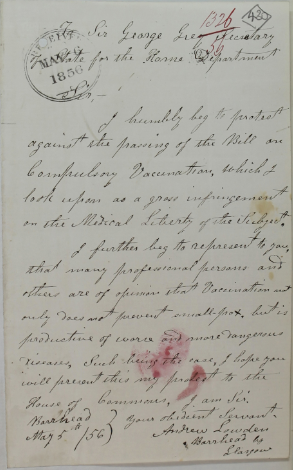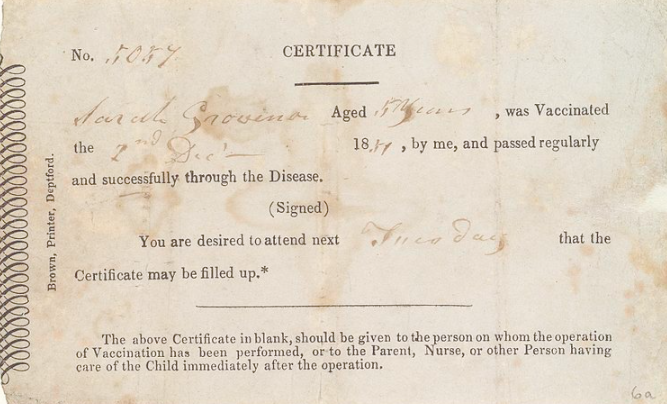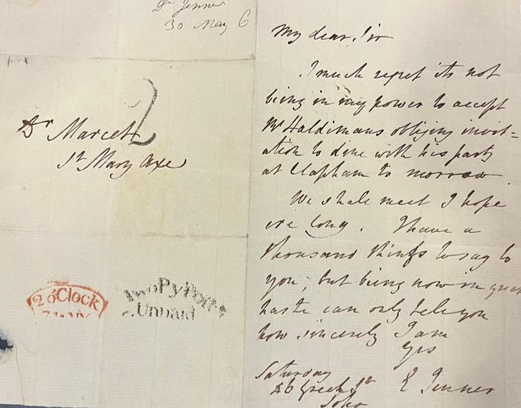In 1797 Jenner wrote to the Royal Society describing his experiment, but was rejected. In 1798 he added more success cases to his writing and published a book. More people accepted Jenner's work over time. However, some scientists still worried about harmful side effects. By 1801, the vaccine’s effectiveness was proven through testing (Davies). As a result, it was widely accepted and introduced in other continents, reducing the number of smallpox cases. In 1803 Jenner’s findings were translated into French and Spanish and the King of Spain launched a vaccination campaign in the Americas and Far East. Mandatory smallpox vaccination was enforced in Britain and the USA in the 1840s-1850s, as well as in many other parts of the world. This led to vaccination certificates for travel. At the same time, variolation was forbidden in Britain by an 1840 Act of Parliament as vaccination was considered safer.


